Study of Stress on Belt Drive System Integrated with Briquetting Plant- Juniper Publishers
Juniper Publishers- Journal of Robotics
Abstract
In briquetting plant, briquettes produces through
small pieces of agro residues or by dry material which having moisture
contain below 10%. Briquetting plant consists from biomass grinder,
screw conveyor and piston-press machine. The piston-press machine
operates through open belt drive system. Pulley and belt system is an
important part of the briquetting plant, which function is to transfer
speed into reciprocating system. In this study, effect of slip and COF
on belt life analysis has done through mathematical formulation and
numerical simulation. Present study deals pulley simulation has done
through help of Finite Element software ANSYS 12.0.1.
Keywords: ANSYS; Briquetting plant; COF; Pulley-belt; Slip
Introduction
We all are well known by the importance of energy and
its sources. Energy is the key factor in economic development of every
country. The demand of energy is increasing day by day and the supplies
of sources are limited. It is globally red alert for fossil fuel like
Petrol, Kerosene, Natural Gas, LPG, and Lignite etc. This has made a
huge gap between the demand and supply of energy. Renewable energy is
the ultimate solution, which can fill this gap.
The briquette is an alternate source of energy. The
biomass briquettes are substitute for coal and L.P.G., and research is
going on. The Biomass briquettes are made up of renewable source of
energy.
The briquetting piston-press is a reciprocating
crank type mechanical press with flywheel. The main motor through
continuous flat belt drives flywheel. The ground material is feed
through a hopper by means of a screw conveyer with its own motor. The
vertical screw pre compresses and forces the material downward in to the
feeding chamber. From the chamber the materials forced by the ram
through a tapered die system on to the cooling track in the form of
briquettes. Briquettes formed are cylinder shape. [1]
In this study, we discussing about belt drive-open
system of piston-press machine. Belts are used when the distance between
the axes of the two shafts to be connected is considerable. A flat belt
is a belt with a narrow rectangular cross-section. The flat belts are
easier to use and are subjected to minimum bending stress.
In the present paper, the pulley is simulated with
ANSYS 12.0.1 Software. This way the concern of different process
parameters such as coefficient of friction, power, thickness of belt,
slip and tension on belt are studied.
Discussion of various parts
(Figure 1) Briquetting plant consists from various parts. The main part is as follows:

Biomass-grinding machine: It is an important part of the briquetting plant, which function is to convert aggregate material in to small pieces.
Screw conveyor: it is used to carry the raw
biomass from storage place to hopper. It is also used to mix the
moisture socking agent from the raw biomass.
Piston-press machine:
a) Hopper: Hopper is use to move the raw
material from screw conveyor to processing place. It includes extruder
which is used to give a motion to raw biomass only in a one direction.
b) Ram: Ram is used for forcing the raw biomass in a die
holder. Ram is fixed in ram holder. These ram moves in a
horizontal direction with the help of motor.
c) Collar: Collar is use to fix the die in a die holder. Also
it is used for to prevent the flow of raw biomass in a wrong
direction i.e. in motor direction.
d) Die: Die is the part where the briquette get the shape to
from the briquette.
Cooling tower: After process of briquette formation it cool at
cooling tower and move in a direction of storage place. [2]
In piston-press machine all the rotary as well as reciprocating
parts moving through the pulley belt arrangement. Therefore,
pulley belt system is very important part of briquetting plant. In
this study, discussing about pulley and bet system of briquetting
plant (Figure 2).
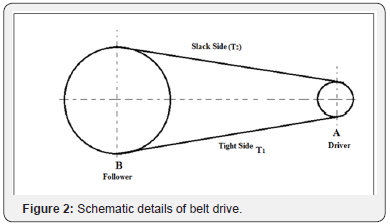
Aim of Study
The main aim of this study is to investigate:
a) Effects of coefficient of friction (COF)
b) Effect of different Belt thickness (t) on the quality of belt
c) Effect of tension (T) on pulley
d) Effect of slip (s).
Methodology
(Figure 3)

Input Data
Diameter of Driver d1=0.15 m;
Diameter of Follower d2=0.85m;
Speed of Drier N1=1475rpm;
Speed of Follower N2=?;
Power P=20kW;
Estimation of tension during rotation of driving pulley
A highly elastic belt is used for belt drive, which is operated by
15 hp electric motor and at the speed of driver & driven pulleys
are 1475rpm & 260rpm, the diameter of driver & follower pulleys
are 150 mm & 850 mm. Center to Center distance is 1.575m (Table
1).
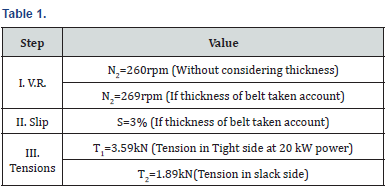
Finite element simulation of pulley: Figure 4 showing FE
model of pulley model prepared in ANSYS 12.0.1.
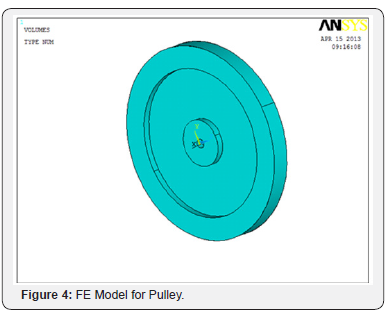
The 3-D FE model for pulley was created by using ANSYS
12.0.1 software. The shaft is analyzed in ANSYS in three steps.
First is preprocessing which involves modeling, geometric clean
up, element property definition and meshing. Next comes, solution
which involves imposing boundary conditions and applying loads
on the model and then solution runs. Next in sequence comes post
processing, which involves analyzing the results plotting different
parameters like stress, strain, natural frequency, harmonic
frequency and many. The mesh has been generated using tetra
free element. The Solid 45 element type is adopted to mesh the
model. The mesh of the pulley consists of 83198 elements. 17492
nodes are included in the finite element model. [3-5].
Result & Discussion
Present study deal with coefficient of friction between belt
and pulley and variation of thickness of belt. The stress analysis
have done through numerical simulation which shown in Figure
5-7.
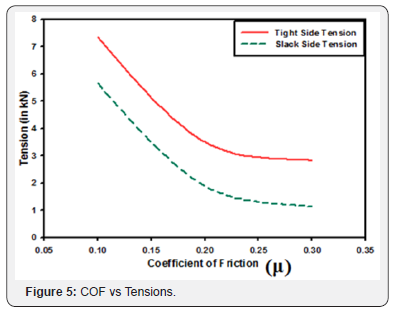
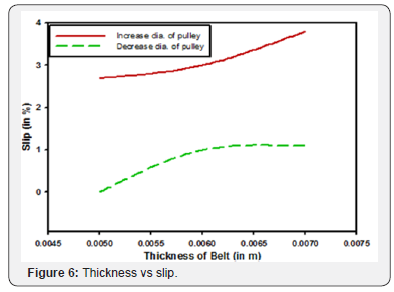
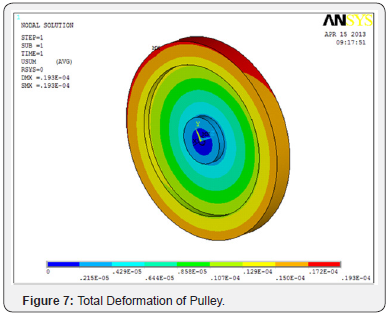
Figure 5 showing when the coefficient of friction between the
belt and pulley has increase then the value of tension (slack side &
tight side) will decreases. But both line follow same pattern. And
also the 0.2 to 0.3 coefficient of friction will better value between
belt and pulley.
Figure 6 showing when the thickness of belt increases also
with increase of pulley diameter than the slip of belt increases.
But, when the thickness of belt increases also with decrease of
pulley diameter than the slip of belt decreases.
Figure 7 showing pulley simulation of piston-press machine,
this simulation shows the total deformation of pulley. In this figure
value of maximum deformation is 0.193E-04.
Figure 8 showing that the von-Mises stress and shear stress on
the pulley periphery through simulation.
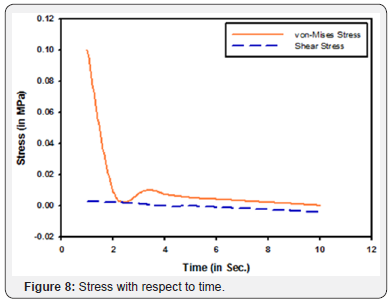
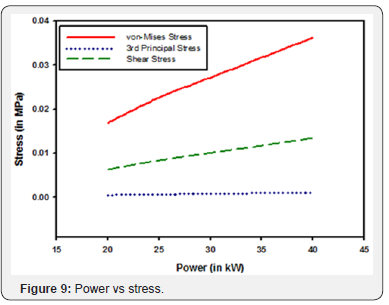
Figure 9 showing simulation results. In this graph of belt
tension has analysed in terms of power. When the belt tight side
tension has increased than the value of stresses (von-Mises stress,
principal stress, shear stress) have follow same pattern, but the
stress will also increasing.
Conclusion
a) Coefficient of friction has play major role in tensions on
belt.
b) Change of belt thickness decrease as well as increase the
slip of belt. Also the change in diameter of pulley affects the
slip of belt.
c) The simulation is easily finding the stress on pulley that
occurs due to belt tension.
For More Open Access Journals Please Click on: Juniper Publishers
For More Articles Please Visit: Robotics & Automation Engineering Journal


Comments
Post a Comment